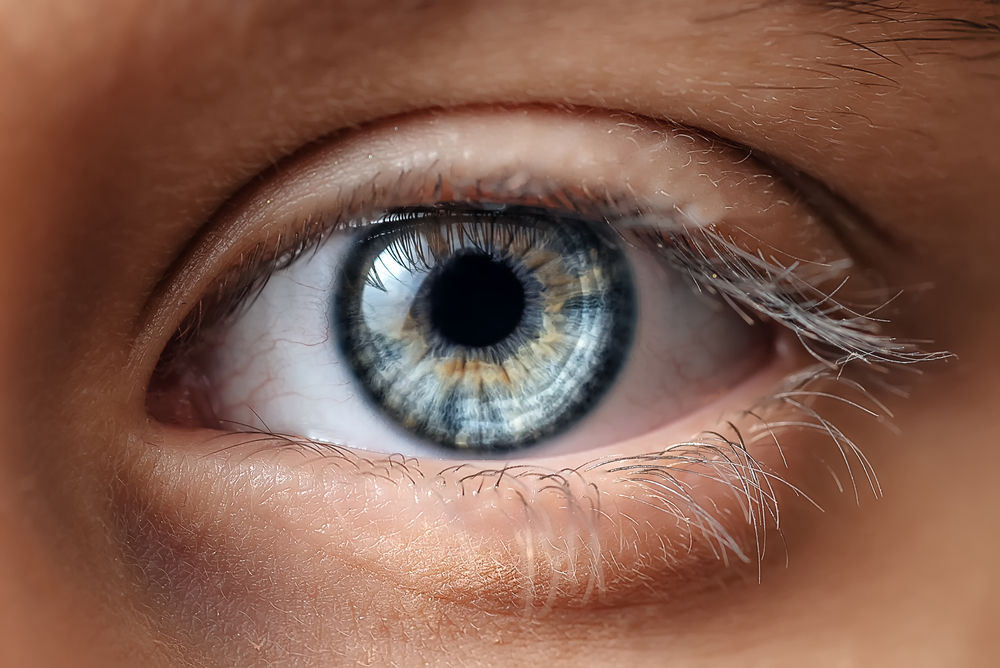
Having healthy vision is an essential part of our total health, but quite often, regular eye care doesn't get the attention it deserves. We rely on our eyes every day, from the moment we wake up till we go to sleep, but many overlook the need for regular preventive care.
This article will delve into key steps that you can introduce into your daily routine. We'll highlight simple, actionable measures to safeguard your eye health, helping to fend off common problems that can compromise your vision. From routine eye checks to other daily habits, join us as we discuss effective strategies for enhancing the vitality and longevity of your eyesight.
Understanding the Basics of Eye Anatomy
When discussing eye anatomy, four primary parts are worth attention: the cornea, iris, lens, and retina. Each of these components has a fundamental role in the perception and interpretation of visual stimuli. Understanding how these elements function can help one better understand preventative care measures for eye health.
1. The Cornea
The cornea is the eye's transparent, outermost layer covering the front portion. It functions as a "window" that controls and focuses light's entry into the eye. A healthy cornea is key to clear vision. Any damage or disease to the cornea can lead to distorted vision or even vision loss.
2. The Iris
The iris, noted for its distinct color, acts like a camera's shutter, controlling the amount of light entering the eye via the pupil, which appears as a black dot at the iris's center. The iris adjusts the pupil's size based on the surrounding light levels, thus regulating the light intensity that reaches the eye.
3. The Lens
The eye's lens is a transparent, flexible structure located behind the iris and pupil. It further adjusts the path of light rays and focuses them onto the retina to form a clear image. It changes shape depending on whether the objects we look at are far or near, a process called accommodation.
4. The Retina
The retina is the light-sensitive layer located at the back of the eye. It receives the light that the cornea and lens have focused, converts it into neural signals, and sends these signals to the brain for visual recognition.
Understanding these components is not merely an academic exercise. It is fundamental in enabling effective preventative care. Knowing how these eye parts work can guide us in adopting habits that preserve the health of our eyes.
Essential Steps for Preventative Eye Care
Preventative eye care comprises several crucial steps to maintain optimal vision health and prevent eye conditions. These steps are fundamental in early detection, protection, and maintaining a healthy lifestyle that supports eye health.
Regular Eye Exams
Importance of Eye Exams: Routine eye examinations are pivotal for the early detection of eye diseases such as glaucoma, cataracts, and macular degeneration.
Frequency of Exams: It's recommended that adults have a comprehensive eye exam at least once every two years, with more frequent visits if advised by an eye care professional.
Protecting Your Eyes from UV Exposure
Risks of UV Radiation: UV radiation can significantly harm the eyes, leading to cataracts, macular degeneration, and other conditions.
Protection Methods: It is crucial to wear sunglasses with UV protection and wide-brimmed hats outdoors, even on cloudy days when UV rays can still reach the eyes.
Maintaining a Healthy Diet
Role of Nutrition: A healthy diet is vital for eye health, especially foods that are loaded with vitamins A, C, and E and omega-3 fatty acids.
Beneficial Foods: Incorporating leafy greens, colorful fruits and vegetables, and fatty fish into your diet can support optimal vision health and reduce the risk of age-related conditions.
Practicing Good Hygiene and Safety Habits
Preventing Infections and Injuries: Proper hygiene, especially for contact lens wearers, and wearing protective eyewear during activities can prevent infections and injuries.
Hygiene Practices: Washing hands before handling lenses and adhering to proper lens cleaning and storing protocols are essential.
Limiting Screen Time and Taking Regular Breaks
Combatting Digital Eye Strain: Extended screen time can lead to symptoms like eye fatigue, dryness, and blurred vision.
Prevention Strategies: Following the 20-20-20 rule, adjusting screen settings for comfort, and maintaining proper ergonomics and posture can help minimize strain.
Incorporating Preventative Eye Care into Your Daily Routine
Integrating preventative eye care into your daily life is a vital step to ensure your vision remains in top condition. This approach is all about being proactive—taking measures to protect your eyes before any issues arise. Let's explore how you can maintain optimal vision health through consistent habits, a nutritious diet, and more.
Schedule Regular Eye Exams
Why It's Important: Regular check-ups can catch problems early, even before you notice any symptoms. This means you can start treatments early, potentially preventing more serious issues down the line.
How to Integrate: Mark your calendar for an annual eye exam. If you have specific eye conditions or a family history of eye problems, you might need more frequent visits as advised by your eye care professional.
Wear UV-Protective Sunglasses
Why It's Important: UV rays from the sun can harm your eyes, leading to conditions like cataracts and macular degeneration over time.
How to Integrate: Make it a habit to wear sunglasses that block 100% of UV rays whenever you're outside during the day, even when it's cloudy.
Eat a Nutritious Diet
Why It's Important: Foods packed with essential nutrients, such as omega-3 fatty acids, lutein, zinc, and vitamins C and E can help in preventing age-related vision problems. A healthy diet supports overall vision health.
How to Integrate:
Include plenty of fruits and vegetables in your meals, especially leafy greens and fish high in omega-3s.
Consider supplements if you're not getting enough of these nutrients from your diet alone, but always consult with a healthcare provider first.
Create a Personalized Eye Care Plan
Why It's Important: Everyone's eyes are different. Factors like genetics, age, lifestyle, and pre-existing health conditions mean that eye care is not one-size-fits-all.
How to Integrate:
Consult with an eye care professional to understand your specific needs.
Once you have a plan, incorporate these routines into your daily schedule to ensure you stay consistent.
Our eyes are more than just sight; they're the windows to our experiences, making it all the more crucial we prioritize their care. As highlighted in this article, preventative eye care is the key to sustaining not just good, but outstanding vision health. Following the steps we've outlined will go a long way to defend your eyes from prevalent conditions and ensure you experience crystal clear, comfortable sight for many more years.
But remember, taking care of your eyes shouldn't wait until tomorrow. So, seize the day - book that comprehensive eye exam and commit to introducing proactive eye care routines into your daily life. You will soon notice how your vision thanks you. Protect one of your most cherished senses and enjoy the world in all its visual beauty — today and in all your tomorrows!

 Specialty Contacts
Specialty Contacts Refer A Patient
Refer A Patient





